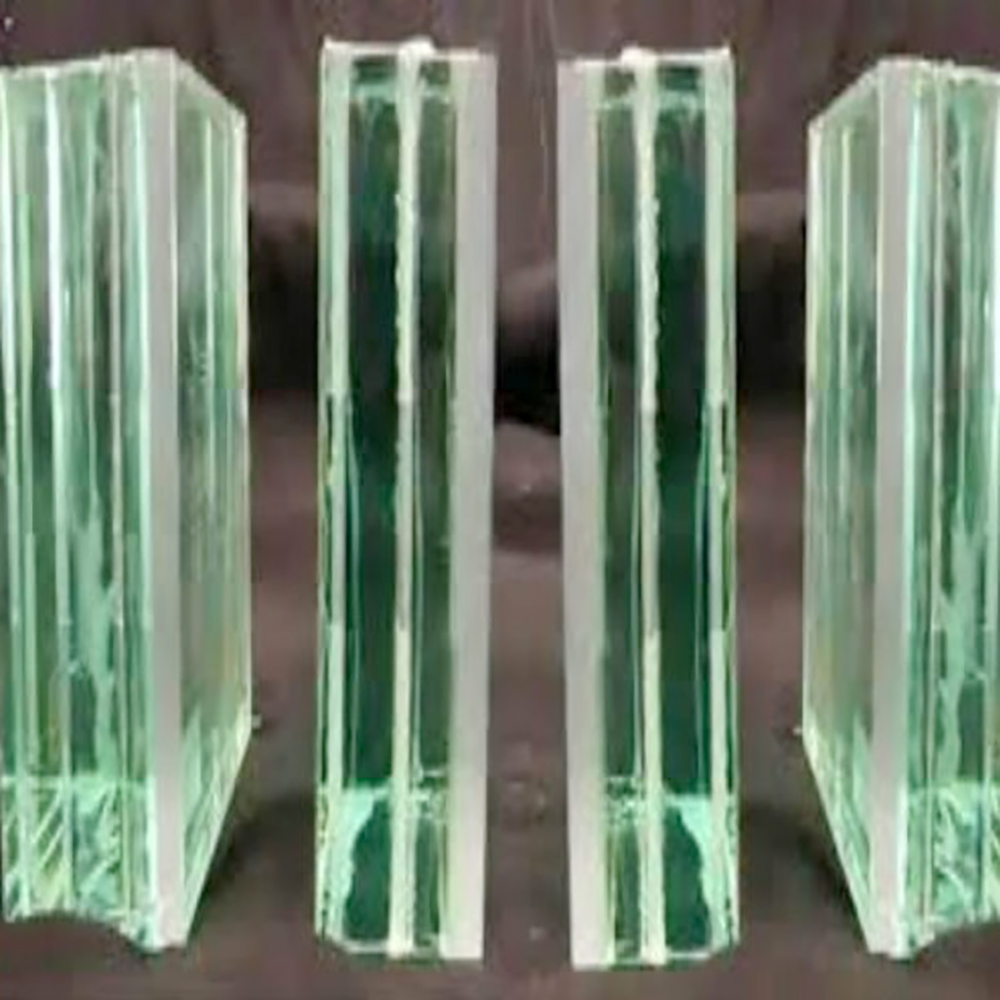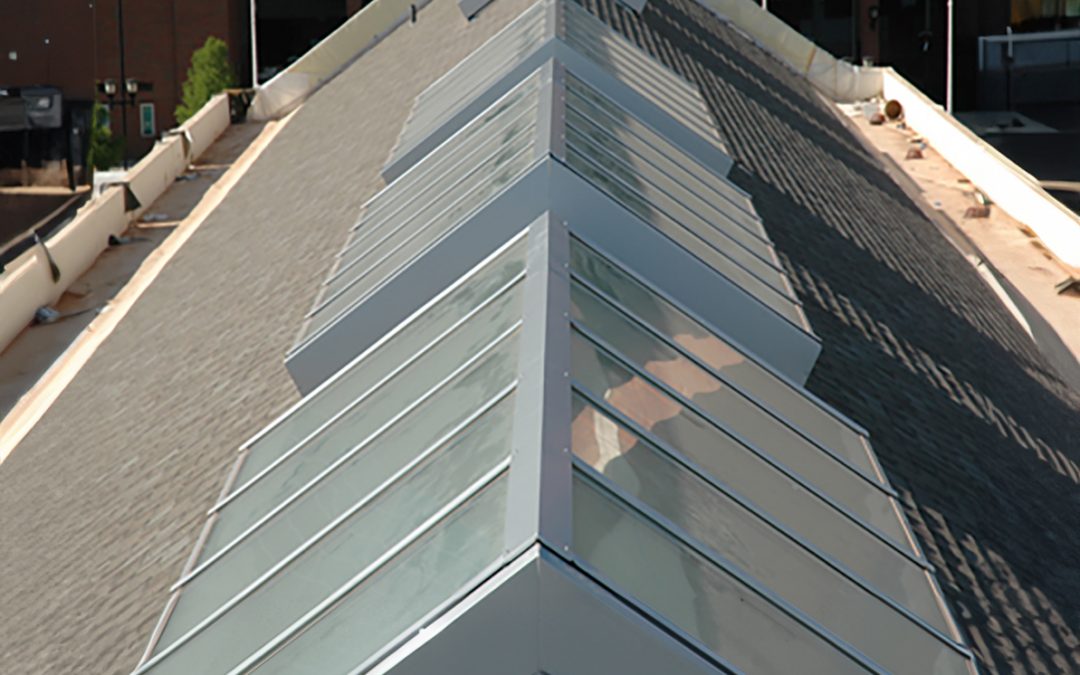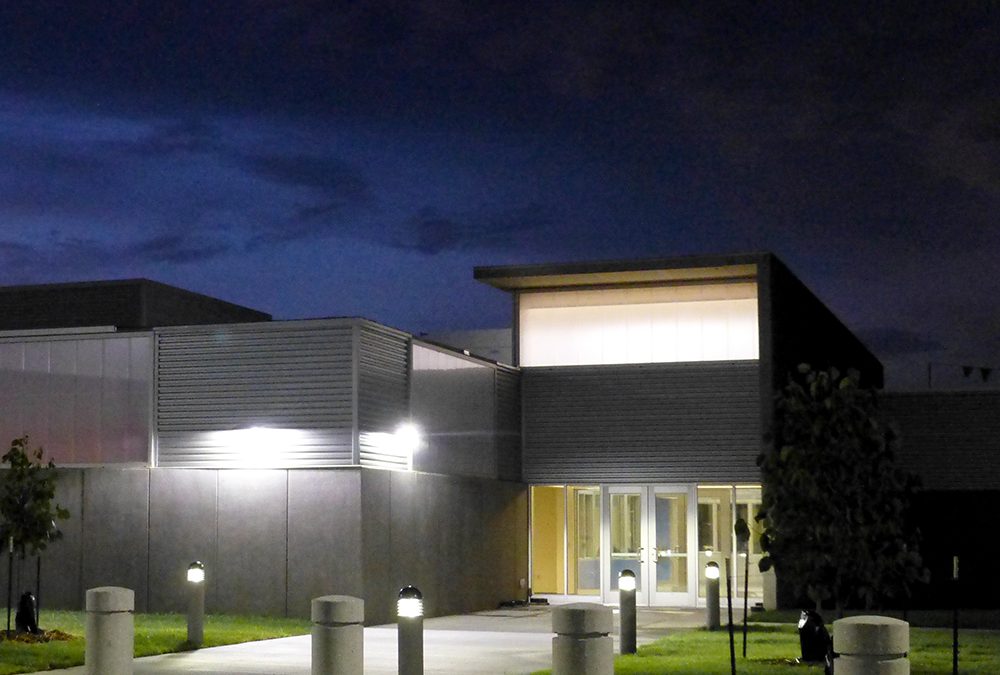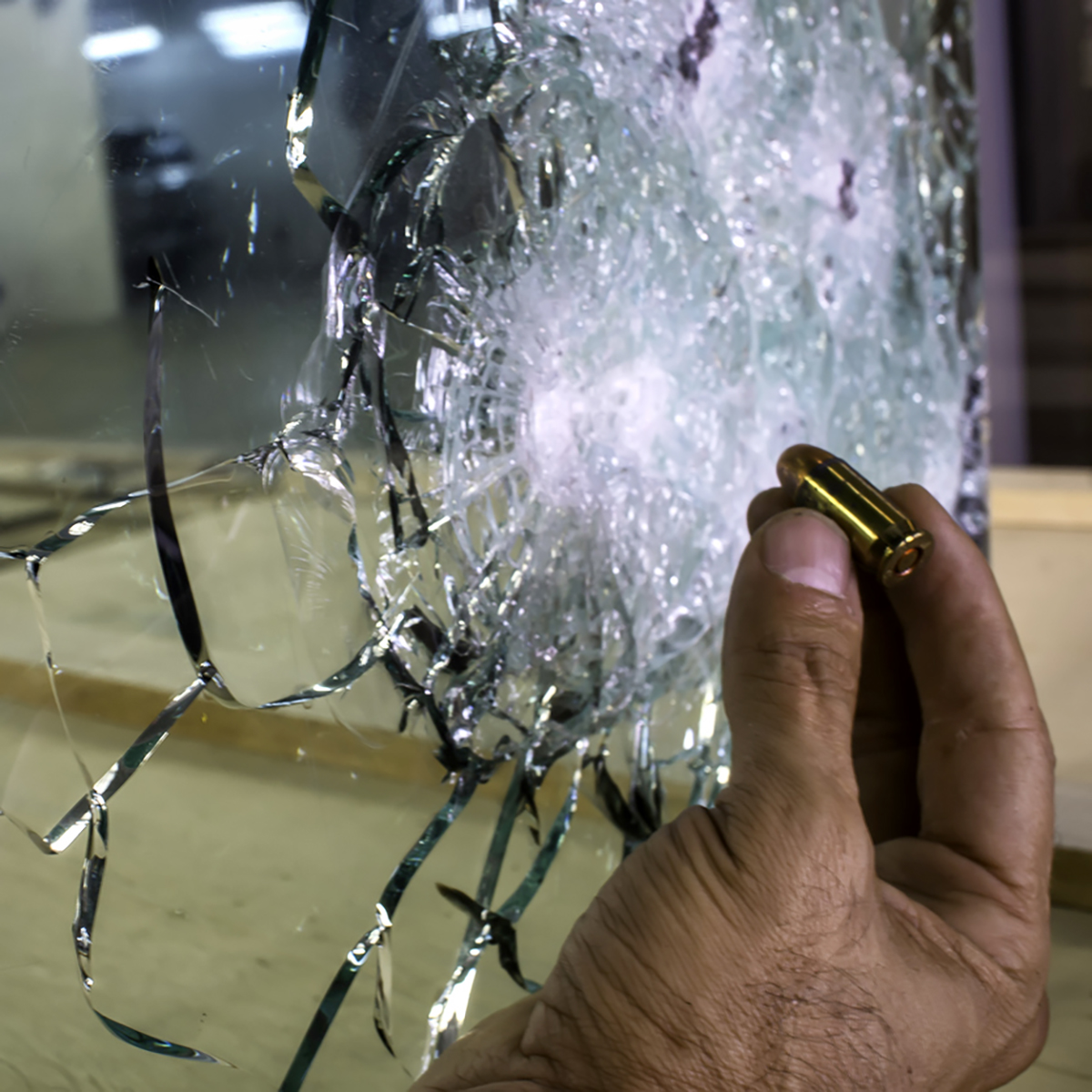Keeping Safety In Mind

Erring to the side of caution, however, everyone agrees that protection from unforeseen dangers is best.
While not always obvious, the glass industry has a key role in securing our nation’s buildings from threats – both natural and man-made. Dangers to structures that transpire as a result of mother nature are generally covered by building codes, and protection from human threats is left to the contractors. Building use is often the primary factor in determining the appropriate type of specialized security glazing.
There have been more than 387 school shootings in US schools since 1992. And, according to the Heritage Foundation, 42 homegrown terrorist plots have been foiled since 9/11. Closer to home, 60% of burglars used forcible entry to gain access to homes and buildings. Because of these numbers, safety glass is becoming increasingly important in all types of construction.
Even though these numbers seem high, the actual probability of an attack on an individual building is very small. Erring to the side of caution, however, everyone agrees that protection from unforeseen dangers is best. Schools, colleges, government facilities as well as zoos, aquariums, and stadiums are all using glass that is made to protect against forced entry, bullets, or blasts.
How do you know which type of safety glass to advocate for your customers?
In short, safety glass generally covers protection from natural elements, security glass provides extra protection from all other threats. The best security glazing options are those which serve the purpose of mitigating hazards while being unobtrusive to the overall design. Safety glass provides an economical and architecturally sound option for glazing in most buildings.
There are three primary levels of security glazing: Forced entry, ballistic and blast.
Forced entry is the most common type of threat that schools are interested in preventing. In addition to instituting procedures to closely monitor who enters the school, school boards around the country know that it’s important to have additional safety measures in place. Laminated security glass will prevent entry when an intruder tries smashing through the glass to access the door egress system.
Laminated glass is 2 or more layers of glass made with an interlayer, typically of polyvinyl butyral (PVB) or ethylene-vinyl acetate (EVA). It is designed to withstand multiple strikes by sharp or blunt objects and won’t fall apart when broken. Additionally, this type of glass is frequently used in retail situations like jewelry displays. It can easily prevent theft by “smash and grab.” Because laminated glass prevents glass shards from breaking away and causing injury, it is approved by OSHA as fall protection.
The second type of security glass is ballistic or bulletproof. Ballistic glass is transparent and armor-proof at the same time making it functional without disrupting the overall look of the structure. Traditionally made from polycarbonate layers and laminated layers, ballistic glazing provides a barrier from bullets and flying debris. The glass is made even more effective with additional tempering.
Bulletproof glass is rated by Underwriters Laboratory after being tested with actual gunfire. There are ten rating levels based on the type of threat that can be stopped by the glass.
Finally, glass can be made for blast mitigation. Blast mitigation came to the forefront after the bombing of the Murrah Federal Building. Prior to that event, the government had no industry-wide
Blast glazing must be done in a way that will help maintain the structural integrity of the building which would decrease damage inside the building. Blast-proof glass is always made with at least two pieces of glass or plastic bonded with a high-performing polymer inner layer. In addition, hurricane glazing has been tested as additional protection against a sudden blast.
There are many standards for security glazing. Determining which type to advocate for your client’s project can be a daunting task. Companies that offer specialized glass for security purposes can be very helpful when it comes to explaining the differences and helping you make the best choice.
Window design for blast-hazard mitigation
More From This Category

The 4 Types of Ridge Skylights
Four types of ridge skylightsRidge skylights combine aesthetic appeal with functional...

Why Businesses Are Choosing Reglazing for Skylights and Glazed Structures
Rather than entirely replacing skylights or glazed structures, reglazing just the IGUs provides...

Polycarbonate clerestories are shedding new light on energy-efficient daylighting.
Polycarbonate provides translucent brilliance in filtering natural lightA clerestory is an...

